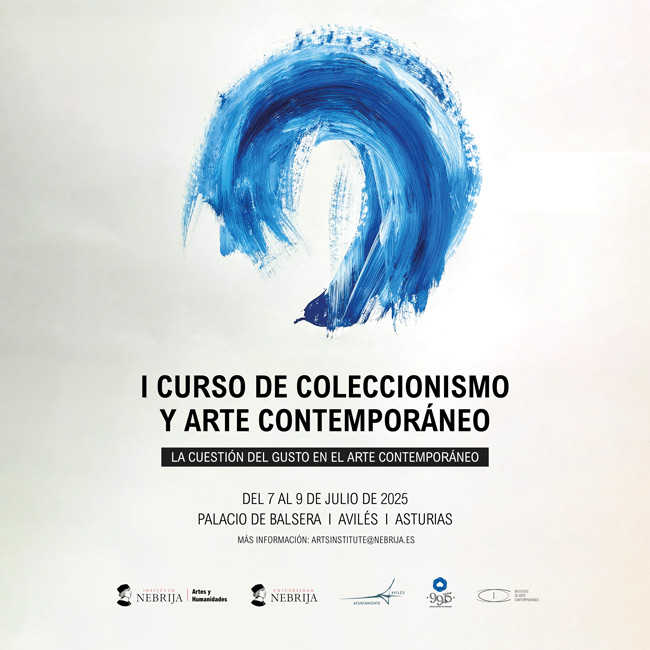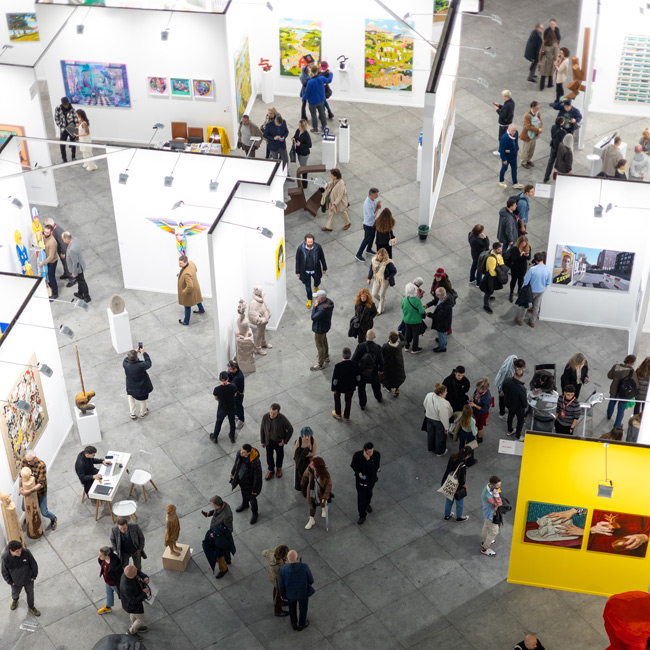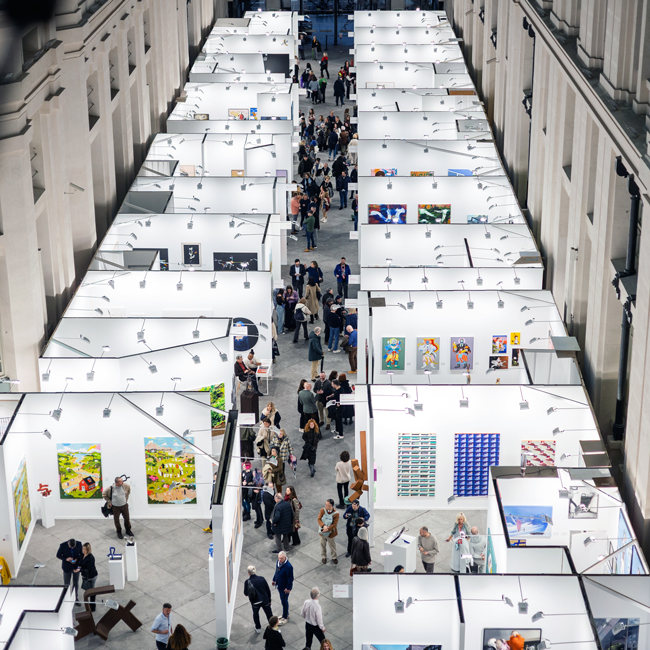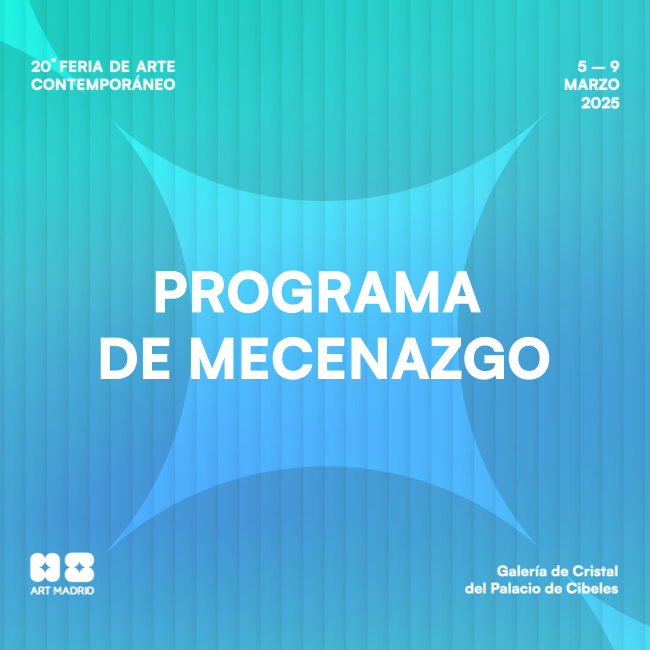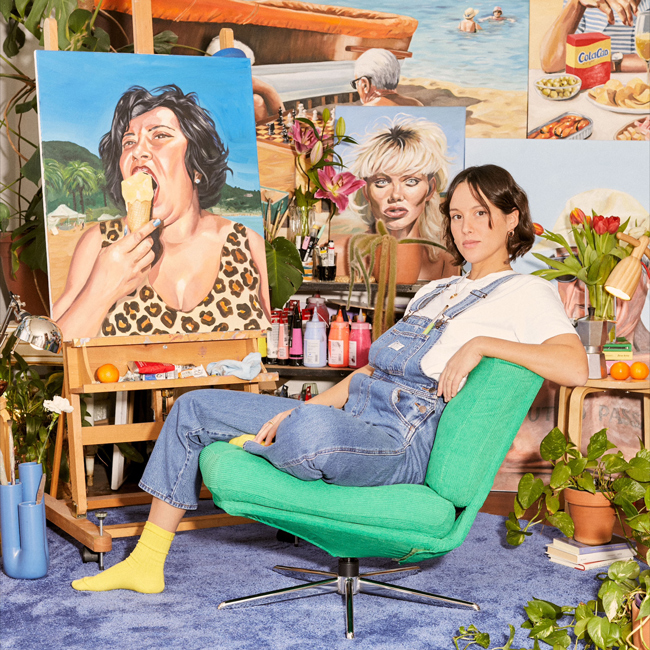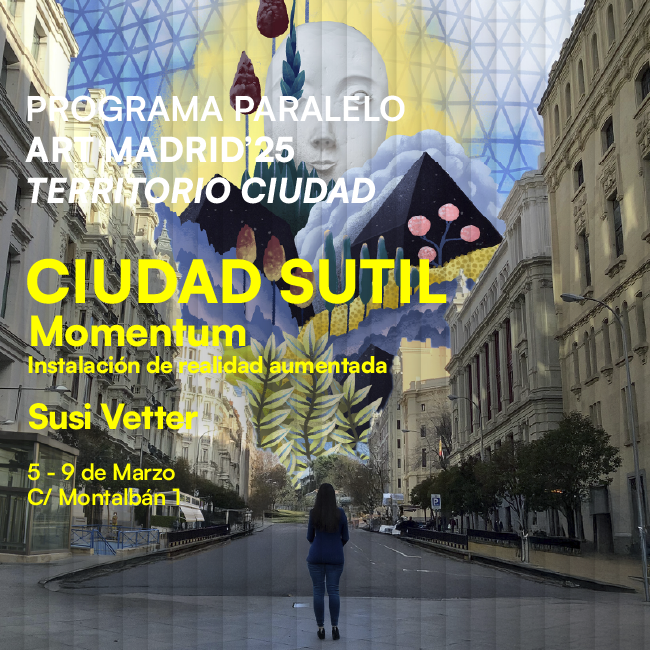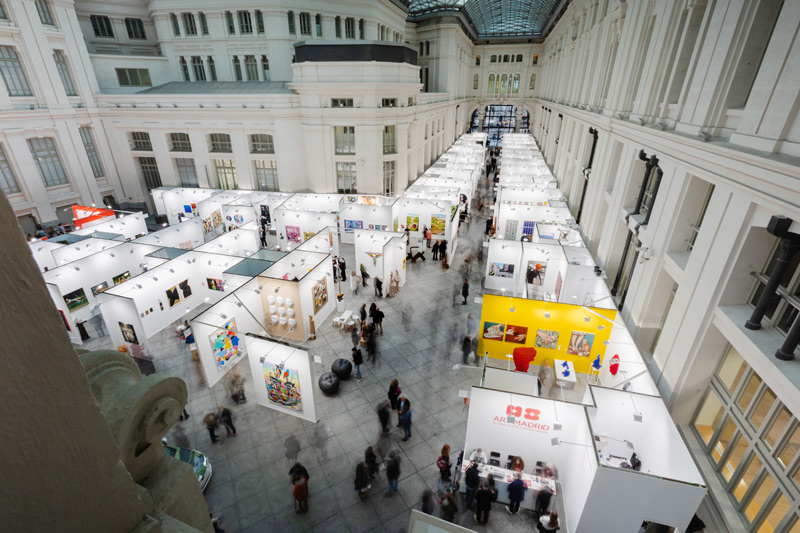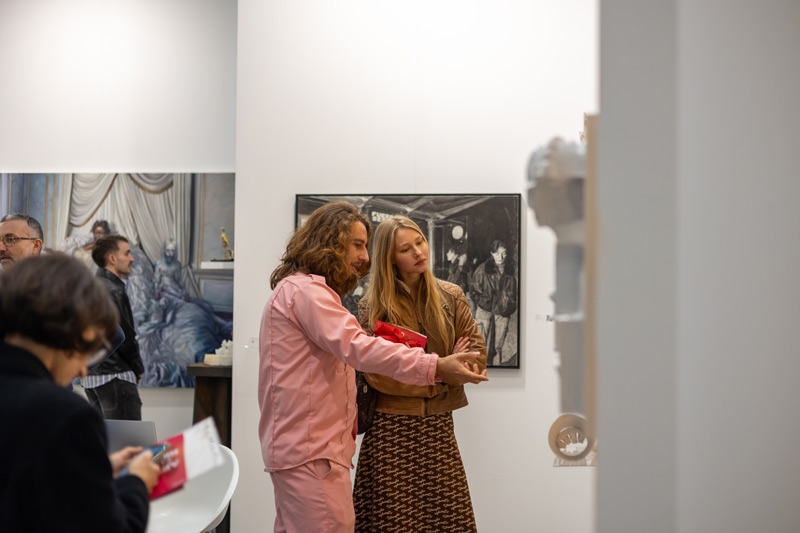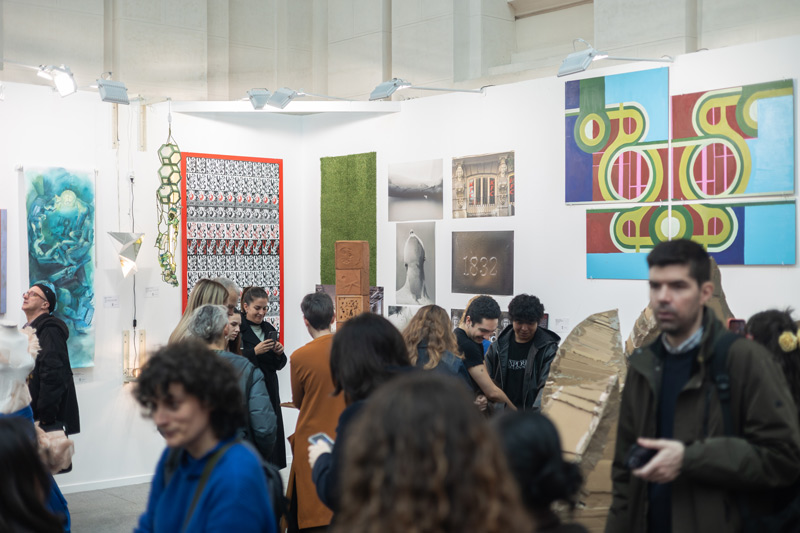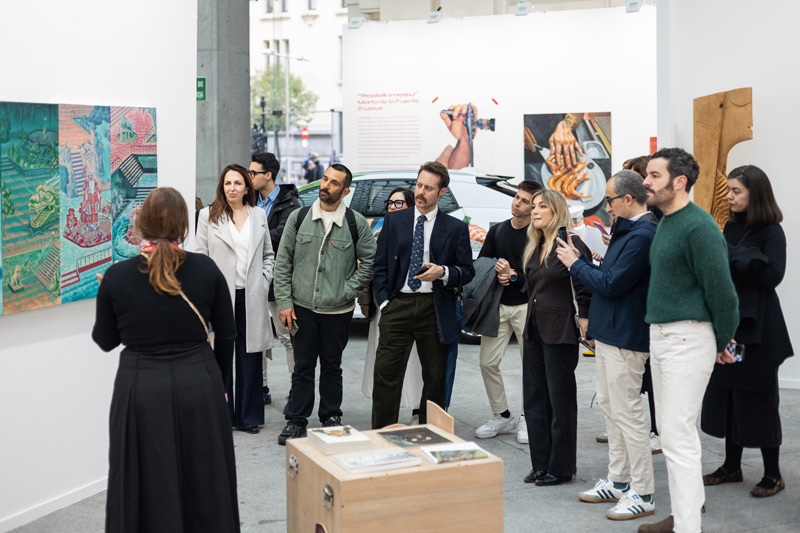INTERVIEW WITH CUBAN SCULPTOR GABRIEL RAÚL CISNEROS
Feb 10, 2022
art madrid
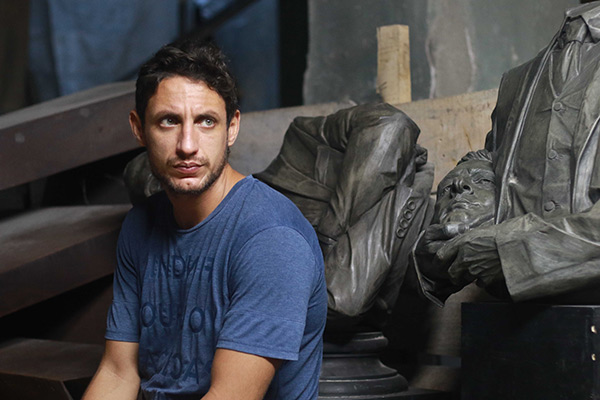
The young sculptor Gabriel Raúl Cisneros (1990, Las Tunas, Cuba) lives and works in Havana. The artist has been a disciple of the Cuban sculptor José Villa Soberón for more than five years, with whom he has created a considerable number of commemorative sculptures. He has participated in various group and personal exhibitions in Cuba and abroad. His work forms part of collections in Panama, Mexico, the United States and Lebanon. He won second prize in Post-it 6, a Cuban art competition for emerging artists.
Cisneros' sculptures from their morphology try to test the nature of reality, they show themselves to us in an unexpected way and place us in the middle of a twisted mental game, which inevitably catches our attention and our empathy. "I think that between perception and reflection is where these works find their place, it is there to tell us something about our gaze, about the way we expect reality to be shown to us".
The series that the artist is presenting at Art Madrid is entitled "El ocio y la embestida" . In this series, the pedestal's mission is not only to raise the work off the ground and emphasise its upright character, but also to express the idea that the work is a heavy, solid and massive volume, capable of surviving the passage of time. But the pedestal is also the altar on which the deeds of the heroes are commemorated or the events that gave rise to the elevation are remembered: the collective memory of the citizens is venerated on this altar. But these are times marked by the end of the myths that generated these works, and the loss of the pedestal in contemporary sculpture reflects the absence of the commemorative will that characterises traditional sculpture.
Interview:
Tell us about your creative process.
In general, the material I use in my works is polyester resin, a material that interests me a lot because it is very versatile, offers many possibilities and is perfectly suited to my work process. It is a work process that usually starts with an idea. You walk down the street and things occur to you that later mature inside, on the work table.
My sculptures are preceded by a drawing. Once I have the idea of the work, I work with a model, to better visualise the posture, and to help me with photography when constructing the piece, from there we move on to the workshop work where we start with a metal frame that will support the material on which the work is modelled, and this is the creative part of the process, this is where the sculpture takes its shape and acquires all the details, this is when I give it its final form. Then several technicians get involved who make plaster moulds of the piece and laminate the resin, the mould is broken and the resin figure comes out, which is retouched and then we move on to the assembly and placement.
What are you currently working on?
I'm currently working on a series of sculptures that take commemorative sculpture from the late 19th and early 20th centuries as a reference. What I'm doing is taking the sculpture as an object and decontextualising it, that is, taking it out of its usual location, the park, the pedestal, the city environment, and bringing it into the gallery.
I am interested in how the sculpture, this specific type of sculpture, is charged with a different content, the original content, inside the gallery space where, of course, by changing the position, the situation is re-signified. I really like the way in which the space where the sculpture is placed conditions the object, the sculpture on the pedestal, in the park, has a different meaning and character to the one that the same object might have inside the gallery in a different situation to the one we normally find it in. I'm very interested in how the spectator's view of the same object can change depending on the space that surrounds it.
You're participating in the fair for the first time, what do you expect from Art Madrid?
The possibility of participating in Art Madrid is for me a door that opens to the European public. It's my first time participating in the fair, the first time my work will be in Spain and in Europe. Of course it's something that excites me, to see how the pieces work in a context outside the Cuban national context.
You usually work with medium and large format sculpture. Is it possible that with these formats you achieve a more real and closer connection with the spectator?
I usually work with medium and large format sculptures, but on this occasion, I'm specifically interested in small format sculpture, in this case models of works that I will later make on a larger scale. Because in this format, I can rehearse the situation in which I want to place the sculptural object. As it is a smaller format, it allows me, without risking too much, to make visible all the possibilities that this object offers me, and by placing it in different situations and positions, meanings emerge.
Gabriel Raúl Cisneros participates for the first time in Art Madrid with the gallery Collage Habana, junto a los artistas Frank González, Luis Enrique Camejo y Yohy Suárez.




